The BFF-533 processor from Analog Devices does not offer native floating point support but does offer floating point emulation.
Using the IDE VisualDSP++, the user is allowed to select between High Performing floating point and strict IEEE compliance.
From what I understand, the difference between these two result in a different representation of a floating point value in memory, so I did the following test:
union TestType
{
float hello;
char test[4];
};
TestType tt;
tt.hello = 0.00123456789;
I compiled and ran this with both options, expecting to see a different value in the test array, but I got the same each run:
Can someone explain why I'm seeing what appears to be the IEEE representation in both runs?
